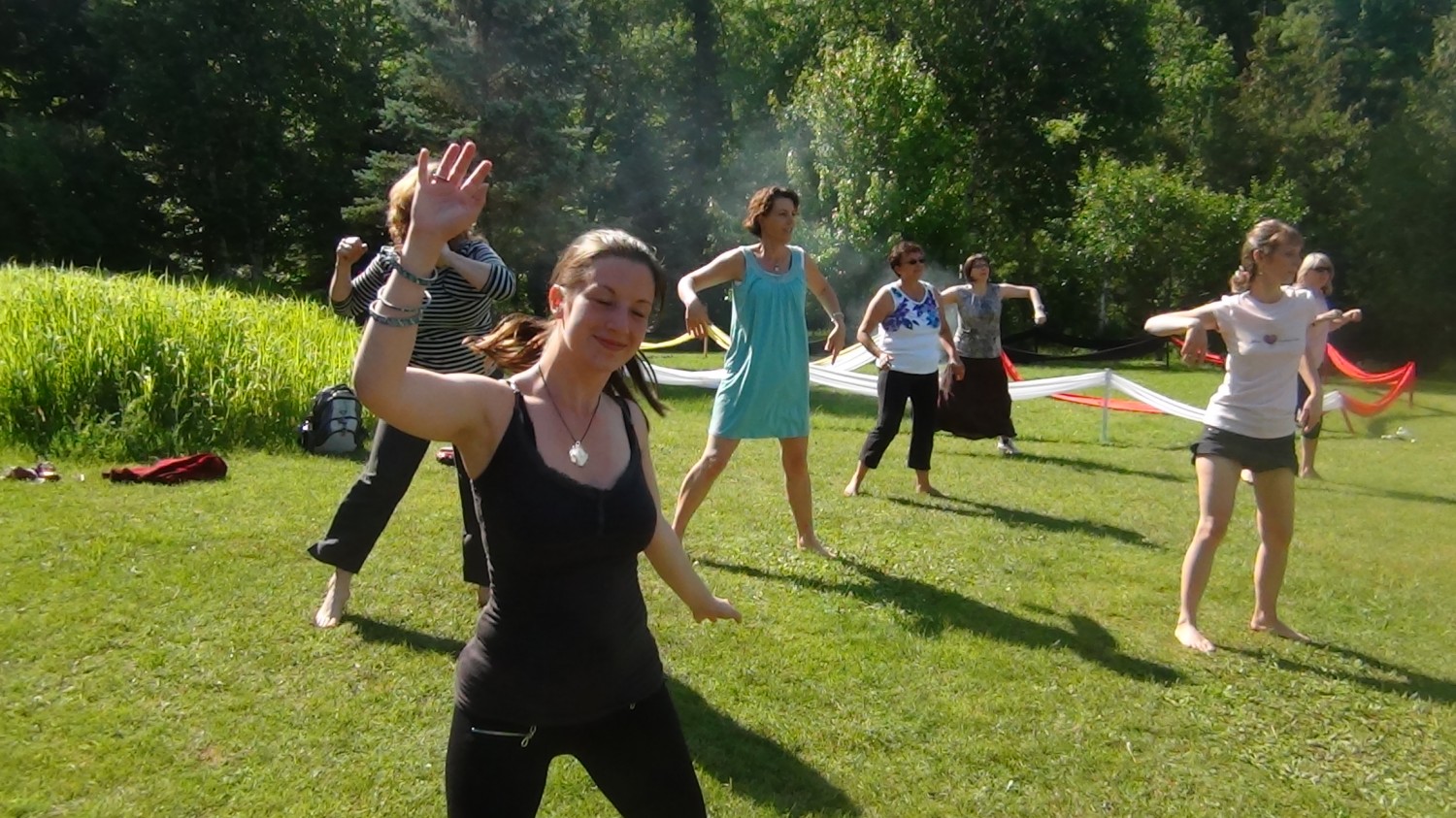Building a Dancer’s Diet: What and When to Eat

In our previous article, we looked at an overview of your diet, rest, exercise, and your efficiency in dancing itself, as ways to ward off fatigue on the dance floor. Now let’s look at how we can start using them in our daily activities – starting with the dancer’s diet!
What to Eat
The two magic ingredients are carbs and proteins. Carbohydrates are the simple sugars, the quick energy sources that health magazines sometimes warn you about. Proteins, on the other hand, are slow digesters. They release their energy over time, which improves how much is absorbed by hungry cells. The goal is to find a balance between the fast and slow energy sources – about 4:1 for carbs and protein respectively – to ensure a constant but long lasting supply of energy. Focusing exclusively on carbs is occasionally fine if you’re about to compete or perform your hardest, because your muscles will need fast fuel to run optimally.
Good sources of carbs: Sweet potatoes, bread products (bagels, toast, etc.), fruit, pasta, rice and other grains (quinoa, oats, barley)
Good sources of protein: Eggs, meat products, cheese, yogurt, almonds and other nuts, beans, tofu
What ELSE to Eat
Of course, there are many other ingredients worth including to balance out your dancer’s diet – things like omega-3 fatty acids, vitamins, potassium, calcium and others all help keep the body running. Here are a few extra goodies:
Spinach – vitamins, potassium, and calcium
Blueberries – vitamins, potassium, anti-oxidants
Broccoli – vitamins, calcium
Fish (no more then 6 oz/week) – protein, omega-3 fatty acids, potassium
Soy (in soy milk, edamame, soybeans, or soy nut butter) – protein, omega-3 fatty acids, calcium
As a bonus, use olive oil over butter, margarine, mayonnaise, and shortening to keep the cholesterol down.
When to Eat
Often! In addition to the three meals per day (yes, breakfast too), light snacking in-between is also helpful in keeping your energy at optimal levels. Something every 3-4 hours is ideal, with at least some protein in each. Keep the meals small, so you aren’t carrying a ‘food-baby’ onto the floor with you. If you aren’t used to eating breakfast, try waking up to a glass of water with some lemon juice in it – once your taste buds have been stimulated, appetite should be no problem. Keeping your protein-carb ratio is especially helpful within 30-40 minutes after a workout, to allow the muscles to rebuild.
Now that we have a strong start in optimizing our fuel intake, when is it wise to rest on our laurels and allow our body to regenerate? See you next time!
Credits:
About the Author
Ian Crewe has been dancing ballroom for almost 20 years, and is a Licentiate in American smooth and rhythm. His passion for dance and his endless seeking for ways to reach new audiences eventually led him to blogging and the World Wide Web. Ian currently teaches ballroom at the Joy of Dance Centre, Toronto, ON, Canada.


Pingback: The Key to Dancing Better, for Longer | Joy of Dance
April 19, 2018 5:32 pmPingback: Why Even Dancers Need Rest | Joy of Dance
April 19, 2018 5:42 pmPingback: 5 Exercises that Build a Dancer's Endurance | Joy of Dance
April 19, 2018 5:54 pm